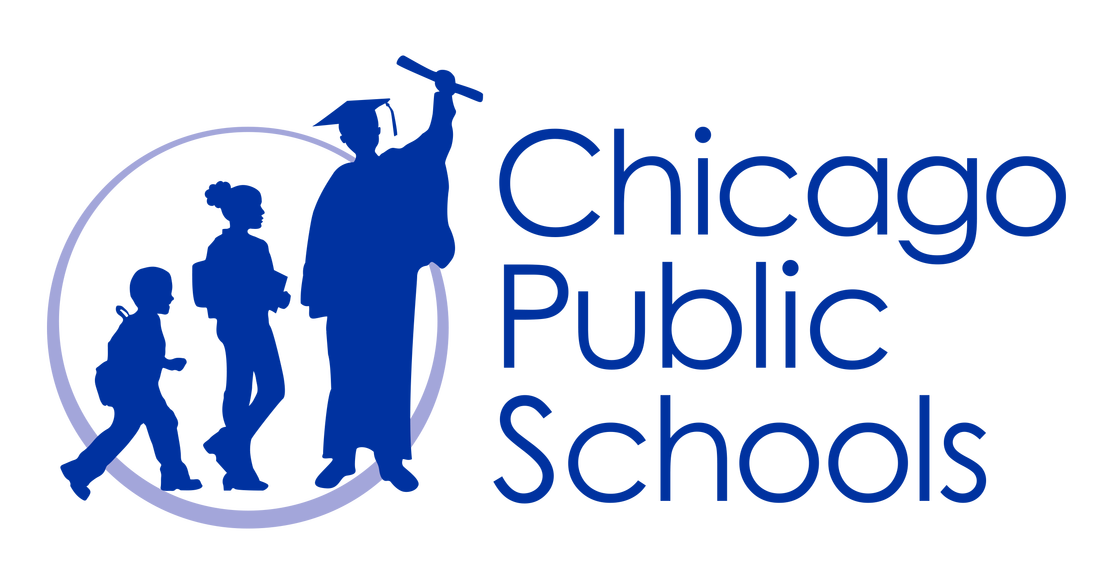Responsive Classroom
What is Responsive Classroom?The Responsive Classroom approach has been successfully used by K-8 teachers in schools around the country for over 30 years to create learning environments where children thrive academically, socially and emotionally. It emphasizes teaching children to take care of themselves, each other and the school environment so that everyone can learn at his/her best. There are seven basic principles behind the approach:
|
StrategiesThe Responsive Classroom approach includes the following strategies:
|
Approach to DisciplineBell School uses the Responsive School discipline approach. The goals of this approach are to ensure that children feel physically and emotionally safe in school so they can learn at their best.
Our schoolwide rules are:
When students misbehave, the adults at the school handle the misbehavior firmly while preserving the child’s dignity. Our first step is to stop the misbehavior quickly and simply. If needed, we take further steps to help the child regain self-control, fix any problems caused by his/her mistake, and get back to productive learning. In deciding how to handle students’ misbehavior, we take into account how severe the misbehavior is and how likely it is to happen again. We may:
We at Bell School believe that children want to and can meet expectations. We value partnering with parents to help students do well in school and feel good about going to school. (Responsive School Discipline, Northeast Foundations for Children, Inc., 2011) |

